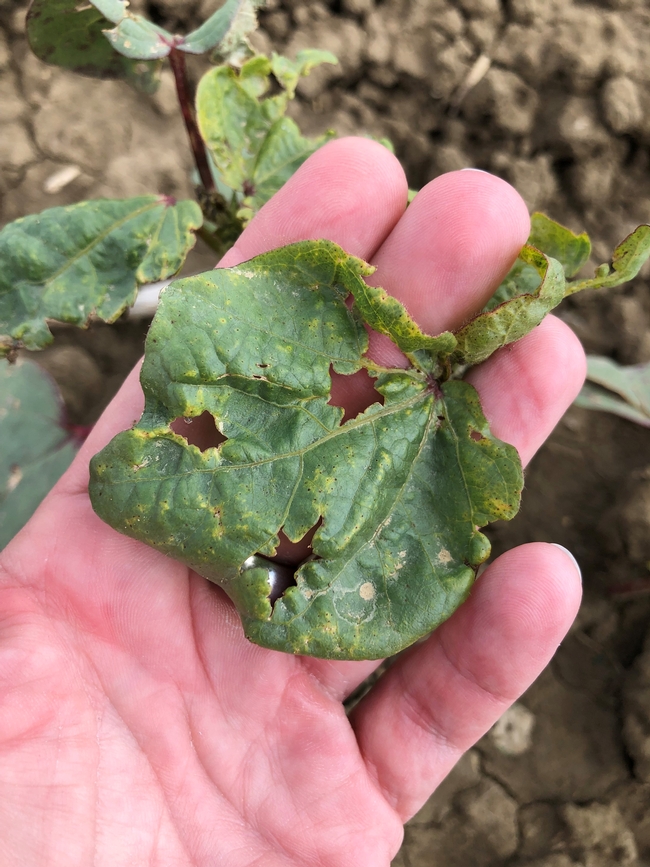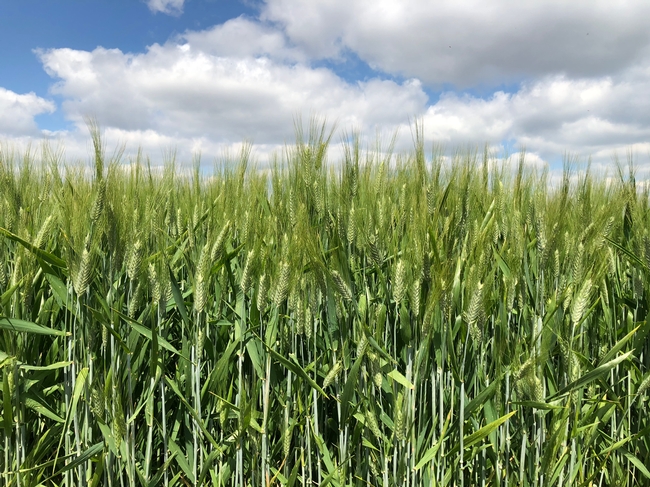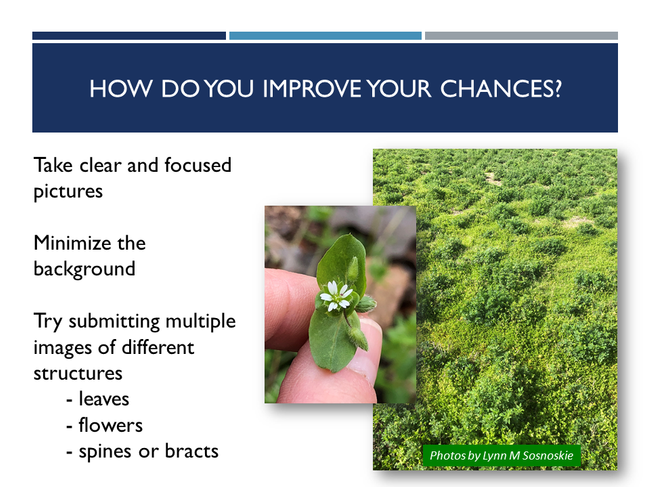The recent rain events in California have complicated crop production activities for many growers including delayed planting or harvesting and altered pest management activities (including weed control).
Below are my thoughts about the possible impacts wet weather could have on weeds and weed suppression:
- Rains can facilitate seed germination and seedling emergence although wet soils may delay post-emergence control activities (be they chemical or physical operations). Sarah Light, a UC advisor working in the Sacramento Valley, wrote this blog post last year about soil compaction and strategies to avoid it (https://ucanr.edu/blogs/blogcore/postdetail.cfm?postnum=27421&sharing=yes) as well as this follow up article (https://ucanr.edu/blogs/blogcore/postdetail.cfm?postnum=30304).
- Sequential rain events may stimulate flushes of weeds leading to dense communities with plants that vary in size. This could complicate weed control because larger specimens may be, naturally, more difficult to manage; additionally, these individuals could shelter smaller plants from herbicide contact, requiring supplemental operations.
- Cold, wet weather may impact crop growth resulting in an environment that isn't competitive against weed interference. Conversely, the onset of warm weather could 'kickstart' warm-season weed species in the presence of adequate soil moisture.
- Weed seeds could move in run off water, spreading infestations within and across fields.
- Water-mediated erosion can remove soils treated with pre-emergence herbicides, which could result in reduced efficacy; possible crop injury could occur if the soil becomes concentrated in low areas of a field.
- Leaching can reduce the concentration of soil-applied products in a field (especially in coarse soils with low organic matter), which could lead to control failures. Low doses of soil-applied products can act as a selective force on the weeds that do persist in that environment to find individuals that might be resistant to those herbicides.
A similar version of this information can be found at AgNet West: http://agnetwest.com/unseasonable-rains-contribute-weed-control-issues/




